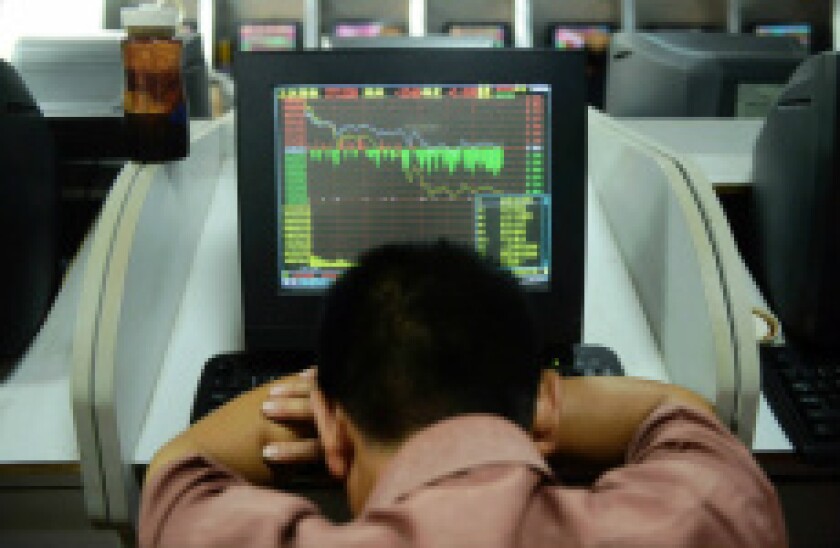Despite being the busiest region for ECM deal flow globally, Asia ex-Japan has had its slowest first three months since 2009, according to Dealogic. There was no shortage of factors keeping issuers away, from the collapse in commodity prices to continued uncertainty about China’s economic policies.
That the two largest deals globally so far this year were the Hong Kong IPOs of a pair of Chinese regional lenders — Bank of Tianjin and China Zheshang Bank — says a lot about how ECM has changed. There was only one other notable trend in the first quarter in Asia: the rush of block trades in South Korea. But neither the blocks nor Chinese bank IPOs are viewed as a reflection of market sentiment.
This is a situation bankers in the region have been moaning about, and with good reason. In an ideal world, investors meet issuers halfway, with the market acting as the platform to facilitate this exchange. But as some of the recent transactions have shown, things are far from ideal.
With customary market conditions still some way off, what was only recently abnormal is looking increasingly like the new normal. And banks will have to embrace this change or risk getting left behind.
They may have little choice considering how Chinese issuers, traditionally the largest source of ECM activity in Asia outside of onshore China, are moving back to the domestic market. Dalian Wanda Commercial Properties, which was Hong Kong’s largest float of 2014, said last week it had received a take-private proposal from its parent, apparently in favour of an eventual A-share listing.
Lufax, one of this year’s highly-anticipated Hong Kong IPOs, is rumoured to be keen on an A-share float now, while Shandong Weigao Orthopaedic Device Co scrapped plans for a Hong Kong listing despite filing a prospectus twice. There could be more such moves as the premium offered by A-shares over H-shares continues to widen, leading to a decrease in the pool of deals outside of the Mainland.
Slim pickings
The recent listings of the city lenders have been described as friends and family deals — even by those running the trades — because they were executed more like private placements than public share sales. The deals had huge chunks of shares allotted to cornerstones made up of state-owned investors, with the issuers understood to have done much of the placing themselves.
But while these IPOs may not be a sign of stronger markets, they were nonetheless a source of revenue for the underwriters in an environment where deal flow is thin. And even if institutional interest was lacking, the floats still priced at the state-sanctioned valuation of 1x P/B, higher than where the largest Chinese comparables are trading at.
Similarly in Korea, the transactions were largely driven by the regulator, which forced local conglomerates to scale down their cross-shareholdings. Although some reckon the lack of market-driven business from the country is a cause of concern, the banks involved in those block deals nevertheless hunkered down and made successes of those transactions.
At a time when the pipeline is tenuous and there are few catalysts for deal flow, the prospects can look dim. But clearly there are opportunities if one cares to look.
It could well be that the rally in Asia and risk assets, especially in southeast Asia, in recent weeks could turn the situation around for the region soon. But until then, banks can do the next best thing and take what they can get, even if that means doing what’s not usually considered normal.

